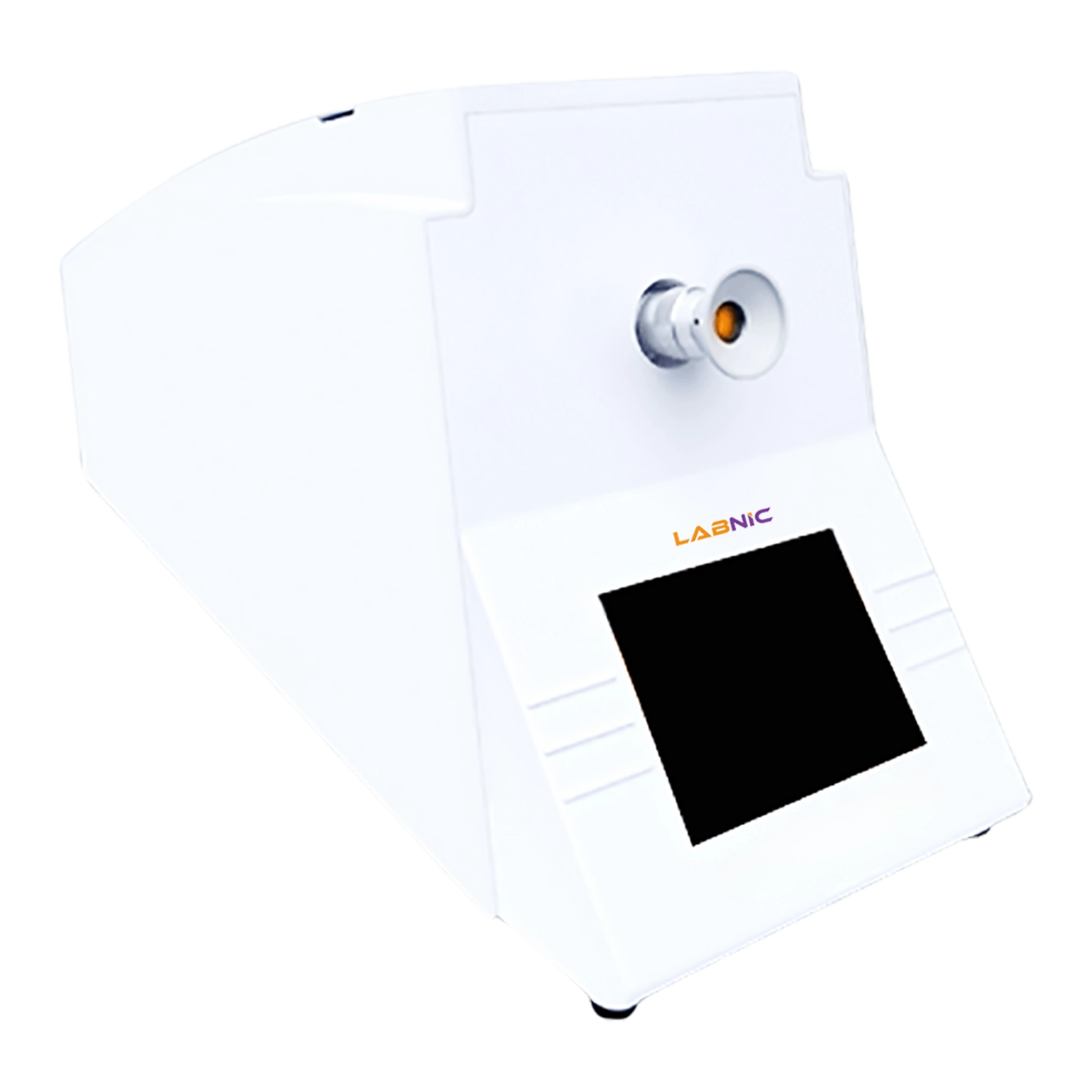
Semi-Automatic Polarimeter LBN-SP141 is a multi-parameter device with 3 point calibration, the instrument is suitable for measuring the optical rotation, specific rotation, concentration and sugar content of optically active compound solutions. It is equipped with a 5.6 inch TFT touch screen and uses a LED light source with 200-hour usage range. It uses a sample chamber tube of up to 200 mm length with a measuring range of 90° to 130°Z.
| Measuring Range | ± 90 ° / ± 130 ° Z |
| Display Resolution | 0.005° |
| Measurement Accuracy | ± 0.02 ° / ± 0.05 ° Z |
| Calibration Point | 1 to 3 points |
| Light Source | LED and Interference Filter |
| Wavelength | 589.4 nm |
| Applicable Tube Length | 50/100/200 mm |
| Data Storage | 100 data sets |
| Monitor | 5.6-inch TFT touch screen |
| Power Type | AC220V/50Hz |
| Dimensions (L×W×H) | 550×300×220 mm |
| Weight | 7.5 kg |
It is widely used in sugar industry, pharmaceutical industry, chemical and food industry and also used for detection of starch agriculture products and amino acids.
It is widely used in sugar industry, pharmaceutical industry, chemical and food industry and also used for detection of starch agriculture products and amino acids.
Most Frequently Asked Questions
1. What is a semi-automatic polarimeter?
Ans. A semi-automatic polarimeter is a laboratory instrument used to measure the optical rotation of substances. It requires manual sample placement but provides digital reading and analysis.
2. What is the working principle of a semi-automatic polarimeter?
Ans. It works based on the principle of optical rotation, where polarized light passes through an optically active substance, and the angle of rotation is measured.
3. What are the applications of a semi-automatic polarimeter?
Ans. It is commonly used in pharmaceutical, chemical, food, and research industries to measure sugar concentration, purity of compounds, and concentration of optically active substances.
4. Does a semi-automatic polarimeter require calibration?
Ans. Yes, periodic calibration using standard substances is essential to ensure measurement accuracy and reliability.
5. What factors can affect the accuracy of a semi-automatic polarimeter?
Ans. Temperature, sample clarity, and correct calibration are important factors that affect the accuracy of measurement.